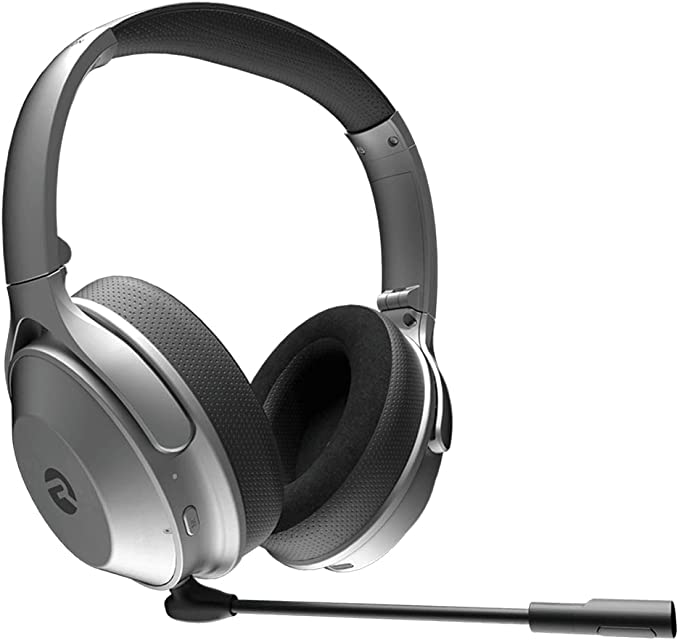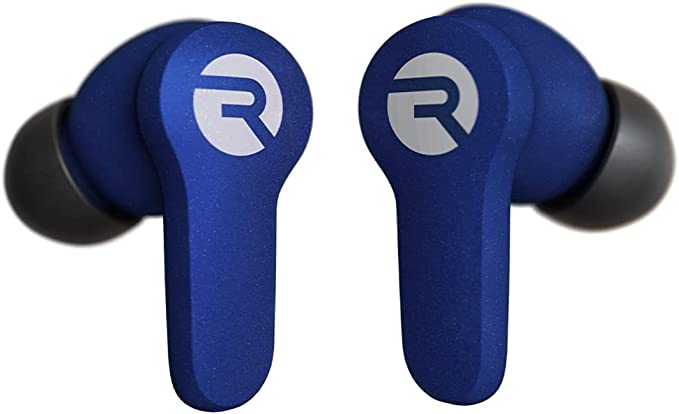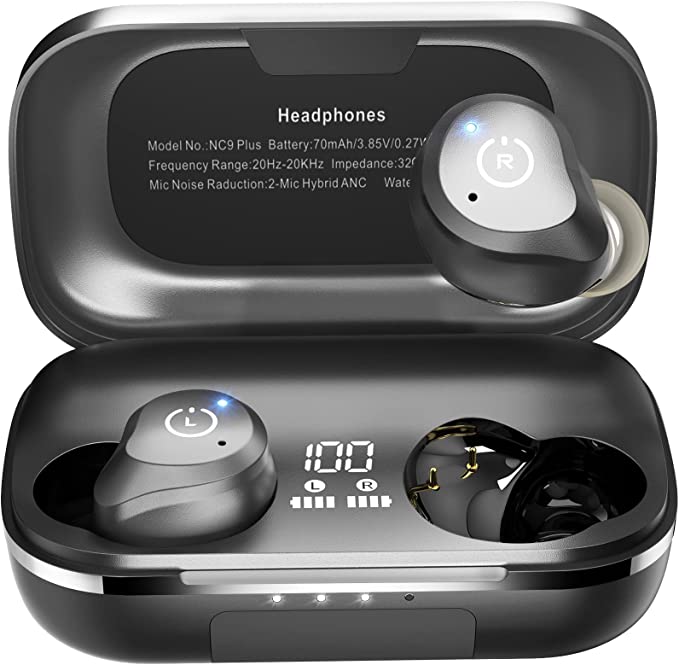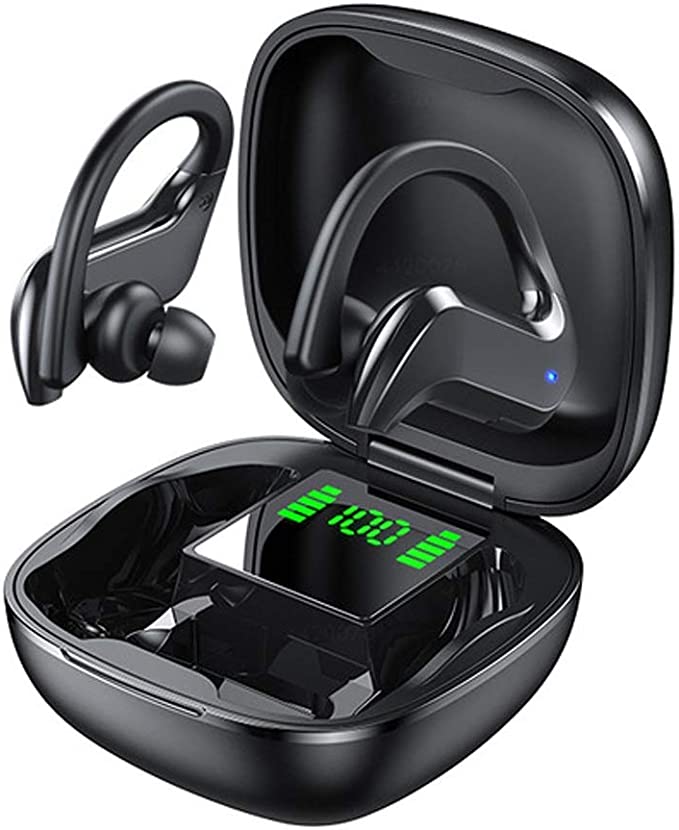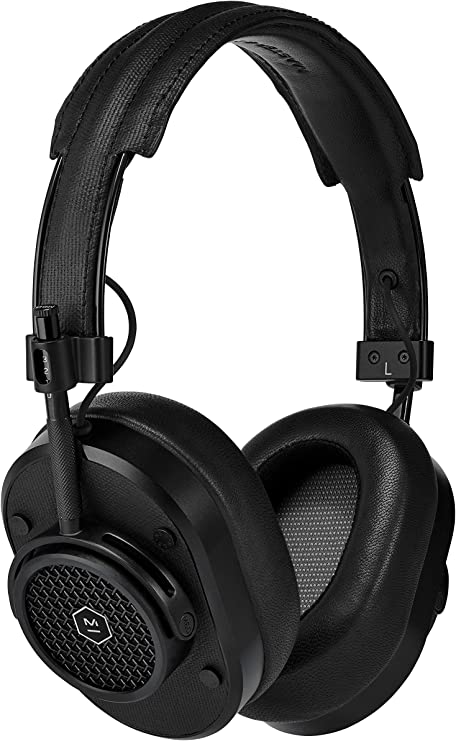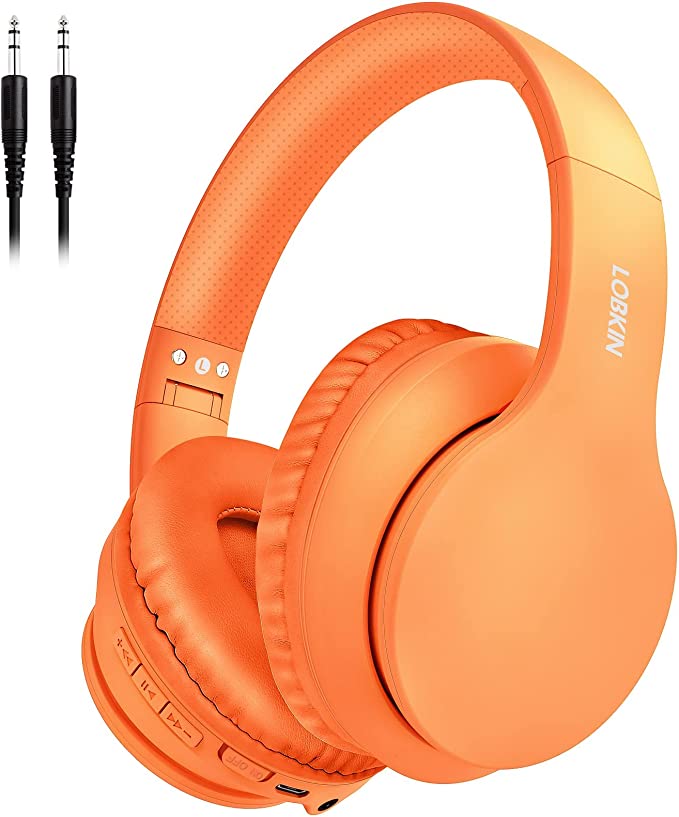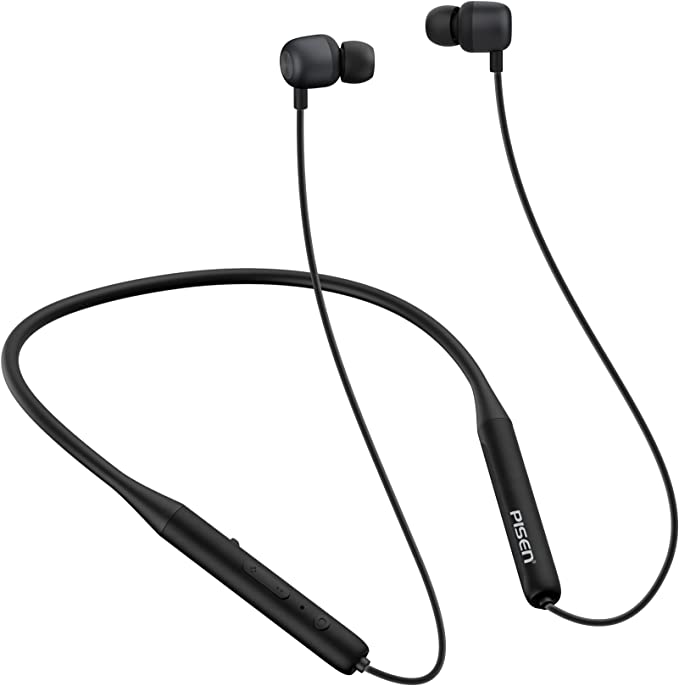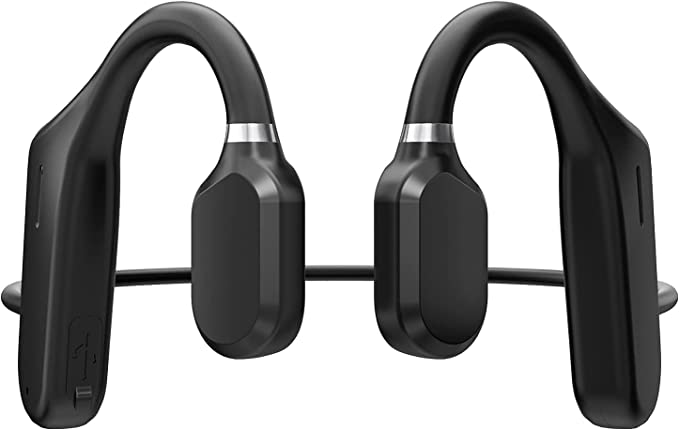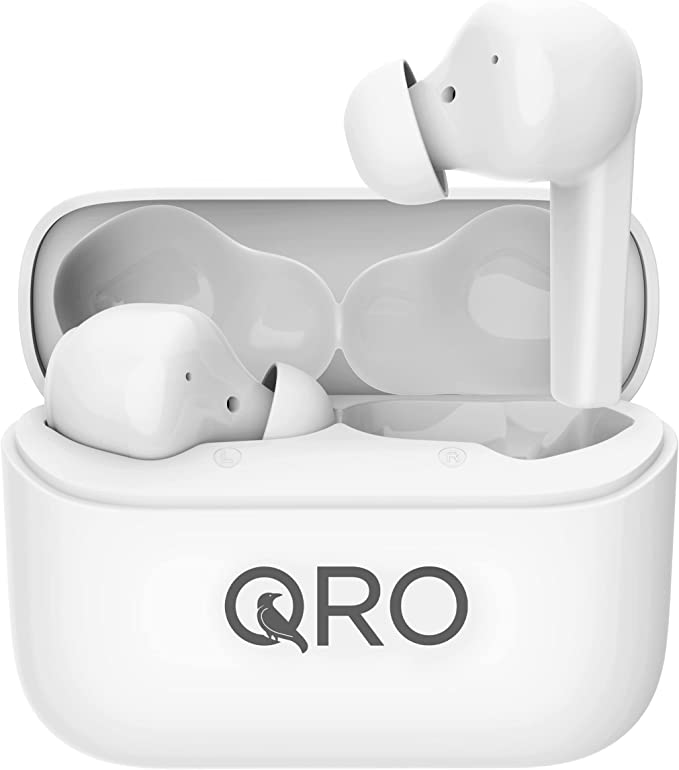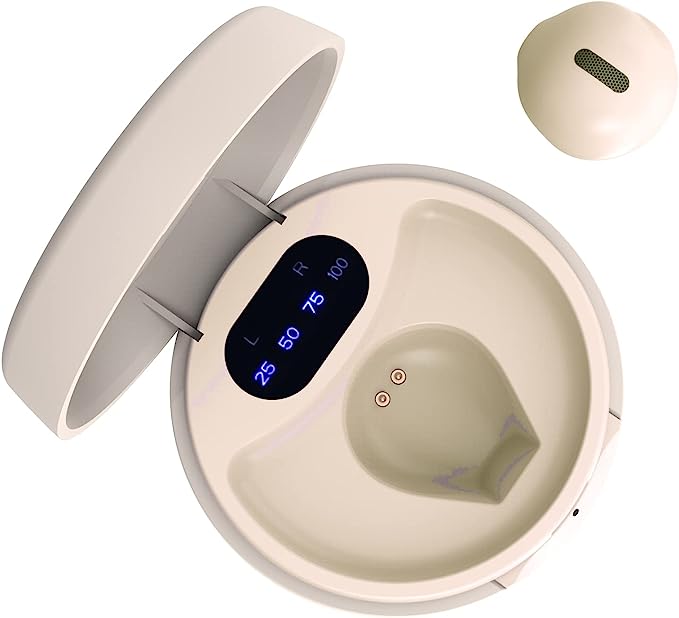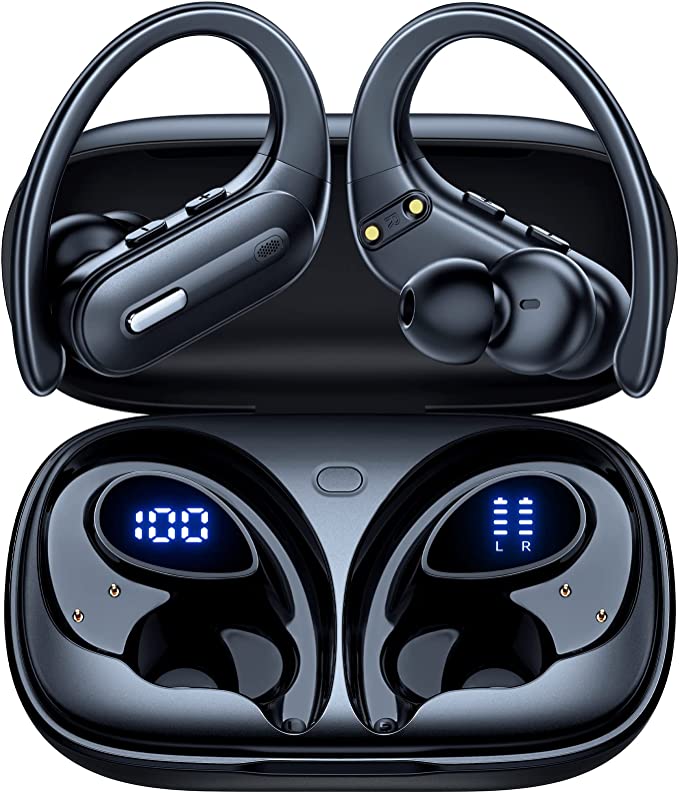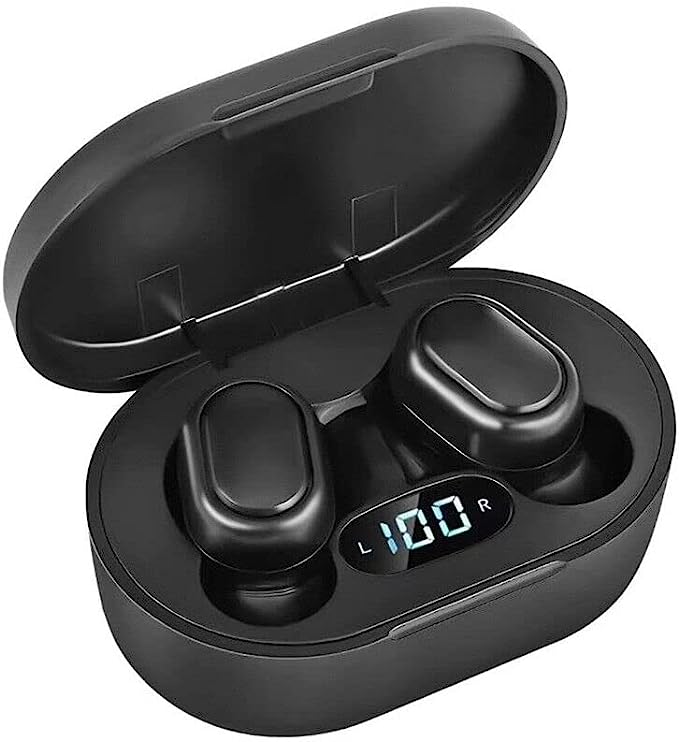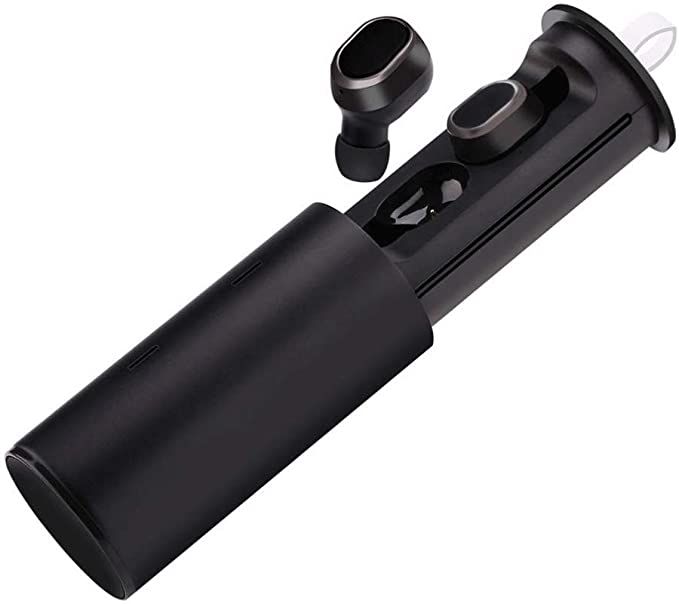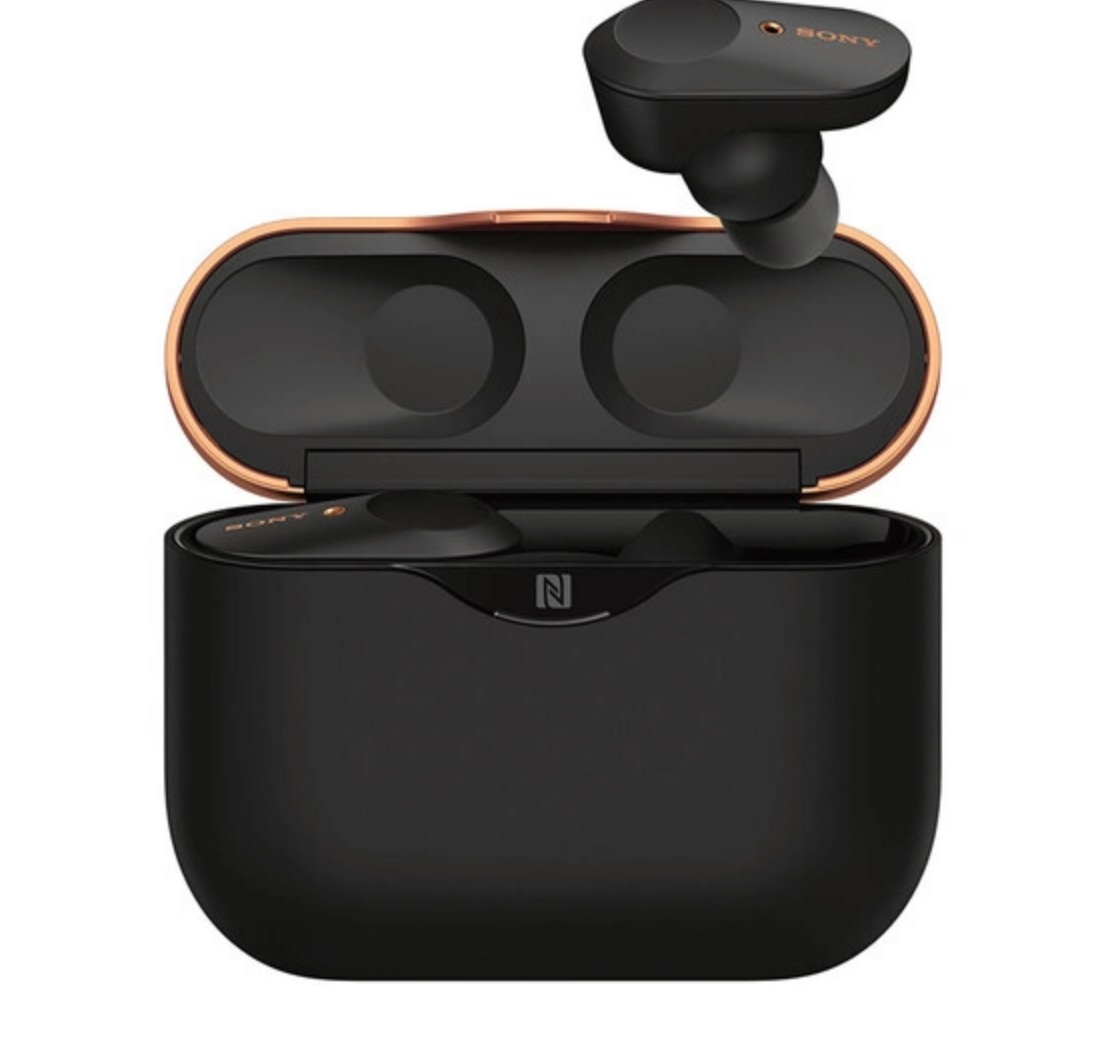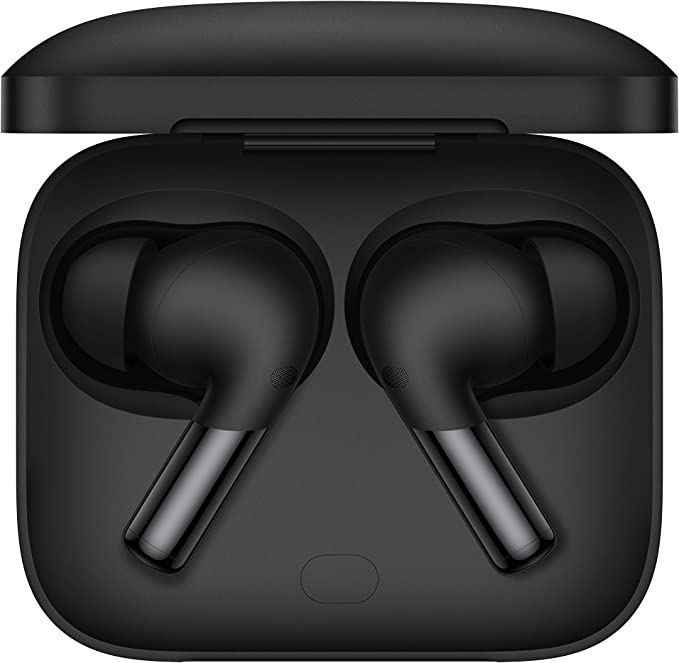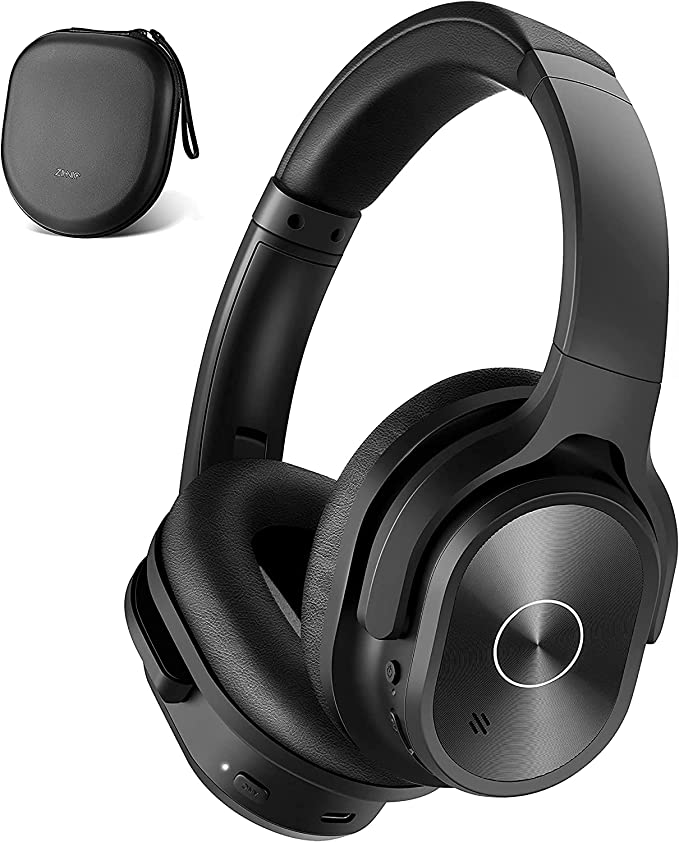Skullcandy Hesh ANC Explained: The Science of Sound, Silence, and Wireless Audio
Update on May 14, 2025, 2:57 p.m.
Our lives are painted with sound. From the gentle whisper of a morning breeze to the intricate harmonies of a symphony, sound enriches our experiences, connects us, and often, defines our memories. Yet, this sonic tapestry is a dual-edged sword. The same world that offers us beautiful melodies can also drown us in a cacophony of urban clamor, office chatter, and the incessant hum of machinery. In this bustling soundscape, many of us yearn for a measure of control, a way to curate our personal auditory environment, to dial down the noise and amplify the notes that matter.
For decades, headphones have been our trusted companions in this quest. They are more than mere accessories; they are personal instruments for sound shaping, portals to immersive worlds, and shields against the intrusive din. Today, we’ll delve into the remarkable science and engineering packed into these devices, using a specific model – the Skullcandy Hesh ANC Wireless Headphones – as our guide. Though this particular model has been succeeded in Skullcandy’s product line (those interested in their latest offerings might look for ASIN B0CBLKS51N, as suggested by the manufacturer for its discontinued predecessor), the Hesh ANC embodies a confluence of technologies that remain profoundly relevant. It serves as a fascinating artifact, a lens through which we can explore the enduring principles that define how we experience sound, silence, and wireless freedom.

The Alchemy of Silence: Decoding Active Noise Cancellation (ANC)
Imagine wanting to read a book in a bustling café, the clatter of cups and distant conversations pulling at your focus. Or picture a long flight, the relentless drone of the engines making relaxation or enjoying a movie a genuine challenge. This is where Active Noise Cancellation, or ANC, steps in, a technology that, to many, feels like a touch of modern magic. Users of the Hesh ANC, for instance, often described its noise-cancelling capabilities as “astounding,” capable of muting even fairly immediate sounds. But this isn’t sorcery; it’s a brilliant application of physics.
The quest for quiet is not new. Early theoretical patents for cancelling sound with sound date back to the 1930s, with Paul Lueg’s work being a notable milestone. However, the practical application of ANC truly took flight, quite literally, in the world of aviation. Pilots in noisy cockpits faced immense challenges with communication and fatigue. It was Dr. Amar Bose, in the late 1970s and 80s, who famously pioneered functional ANC headsets, initially for pilots, forever changing their ability to operate in high-noise environments. This technology gradually trickled down, refined and miniaturized, into the consumer headphones we see today.
So, how does this “alchemy of silence” actually work? It begins with understanding that sound travels in waves, characterized by peaks and troughs. ANC headphones like the Hesh ANC employ tiny microphones on the outside of the earcups. These microphones are constantly “listening” to the ambient noise around you – that persistent hum of an air conditioner or the rumble of a train. The clever part happens next: internal electronics analyze these incoming sound waves and, with remarkable speed, generate a new sound wave that is an exact mirror image, or 180 degrees out of phase, with the unwanted noise. This is often called “anti-noise.”
This anti-noise is then played through the headphone’s internal speakers. When the original external sound wave meets this precisely crafted anti-noise wave, they engage in a phenomenon physicists call destructive interference. Think of it like two perfectly matched water ripples meeting and flattening each other out. The peak of the noise wave is met by the trough of the anti-noise wave, and vice-versa, effectively cancelling each other out, or at least dramatically reducing the perceived volume of that persistent external sound before it ever reaches your eardrum.
The benefits extend beyond mere quietude. By reducing the “masking” effect of low-frequency noise, ANC allows you to hear the details in your music or podcasts with greater clarity, often at lower, safer volumes. This can reduce listening fatigue and significantly improve focus – a clear cognitive advantage. Furthermore, the Hesh ANC’s over-ear design acts as a crucial silent partner. The physical barrier created by the earcups provides substantial passive noise isolation, particularly effective against higher-frequency sounds like chatter. This one-two punch of active cancellation and passive isolation creates a formidable sanctuary for your ears.

Cutting the Cord: Bluetooth’s Journey from Royal Nickname to Wireless Fidelity
The liberation from tangled wires is another hallmark of modern audio enjoyment, and for this, we largely have Bluetooth to thank. The Skullcandy Hesh ANC, featuring Bluetooth 5.0, allowed users the freedom to move, unencumbered, while immersed in their audio. That “great range” reported by users is a testament to the evolution of this ubiquitous technology.
The story of Bluetooth is rather charming. It was named in the mid-1990s by engineers at Ericsson after Harald “Bluetooth” Gormsson, a 10th-century Danish king famed for uniting disparate Danish tribes. The vision for the technology was similar: to unite different devices wirelessly. From these beginnings, the Bluetooth Special Interest Group (SIG) was formed in 1998, and the standard has since evolved through numerous versions, each bringing improvements.
At its core, Bluetooth is a short-range radio communication technology. When you pair your Hesh ANC with your smartphone, they establish a wireless link, typically operating in the 2.4 GHz ISM (Industrial, Scientific, and Medical) radio band. For stereo audio, a specific Bluetooth “profile” called A2DP (Advanced Audio Distribution Profile) comes into play. Your phone compresses the digital audio and transmits it in small packets to the headphones, which then decompress it and convert it back into the analog signals that drive the speakers. The “language” used for this compression and decompression is handled by audio codecs. While all Bluetooth audio devices must support the baseline SBC (Subband Codec), many devices also support more advanced codecs like AAC or aptX, which can offer improved audio quality or lower latency, though the specific codecs supported by the Hesh ANC weren’t detailed in the provided information.
The leap to Bluetooth 5.0, as implemented in the Hesh ANC, brought significant advantages over its predecessors. It offered the potential for up to twice the speed, four times the range, and eight times the data broadcasting message capacity compared to Bluetooth 4.2. While real-world performance always varies due to environmental factors and device capabilities, these enhancements generally translate to more stable connections, less dropout, and, as users noted, better operational range. This translates into tangible everyday freedoms: pacing your room during a call, leaving your phone on a bench at the gym, or simply enjoying music without the snag of a wire.

The Architecture of Listening: Over-Ear Design, Acoustic Chambers, and the Pursuit of Comfort
The physical design of headphones, particularly the “over-ear” style of the Skullcandy Hesh ANC, plays a profound role in shaping the listening experience, extending far beyond just providing a platform for ANC microphones. Users frequently praised the Hesh ANC for being “super comfy,” a critical attribute for anyone who wears headphones for extended periods, be it on a long-haul flight or during a focused work session.
An over-ear earcup isn’t just a passive earmuff; it’s a carefully considered acoustic chamber. The volume of air enclosed within the cup, the materials used, and the way the driver (the actual sound-producing element) is mounted all influence the final sound. The primary acoustic benefit of this design is, as mentioned, passive noise isolation. The earpads, typically made of plush, sound-attenuating foam covered in materials like protein leather or velour, create a seal around your ears. This seal physically blocks a good portion of external sound, especially mid to high frequencies that ANC is less effective against.
Comfort, as highlighted by Hesh ANC users, is paramount. This comes from a balance of factors: the clamping force of the headband (not too tight, not too loose), the softness and breathability of the earpad materials, the size and depth of the earcups (allowing the ears to sit comfortably inside without being pressed), and the overall weight distribution of the headphones.
At the heart of each earcup is the driver. In most consumer headphones like the Hesh ANC, these are dynamic drivers. Think of a miniature loudspeaker: a diaphragm (a thin, cone-like membrane) is attached to a voice coil (a coil of fine wire) which sits within a magnetic field created by a permanent magnet. When an electrical audio signal passes through the voice coil, it creates a fluctuating magnetic field that interacts with the permanent magnet, causing the voice coil and the attached diaphragm to vibrate rapidly. These vibrations push and pull the air, creating the sound waves that we perceive as music, speech, or sound effects. The size of the driver, the material of the diaphragm, and the overall acoustic design of the earcup contribute to the headphone’s unique sound signature. The “great” sound quality with a “little bassy” touch reported for the Hesh ANC is a direct result of these design choices – a tuning often popular for contemporary music genres.

Powering the Performance: Navigating Batteries, Charging Rituals, and Real-World Realities
All this sophisticated technology – the active noise cancellation, the Bluetooth radio, the audio processing – requires power. The unsung hero in portable devices like the Skullcandy Hesh ANC is the Lithium-ion battery. These rechargeable batteries offer a good balance of energy density (how much power they can store for their size and weight) and lifespan. The Hesh ANC, according to its specifications, featured a 3-hour charging time via a modern USB-C connection, a welcome convenience for its reversibility and increasingly universal adoption.
However, the marriage of feature-richness and battery life is an eternal balancing act in engineering. ANC, in particular, is a power-hungry feature as it requires constant microphone activity and signal processing. Some user feedback on the Hesh ANC indicated that battery life with ANC active was “not quite as long as I hoped.” This is a common experience across many ANC headphones; the more work the electronics do, the faster the battery depletes.
A thoughtful inclusion with the Hesh ANC was a backup AUX cable. This simple wire acts as a lifeline, allowing for traditional passive, wired listening if the battery runs out or if you want to connect to a device without Bluetooth, like an airplane’s in-flight entertainment system.
Users also highlighted a couple of real-world quirks. One was the “Battery Low” notification, described as playing “every 5 mins or so” when about an hour to an hour-and-a-half of playtime remained, which could be disruptive. This often relates to how manufacturers calibrate battery monitoring circuits. Lithium-ion batteries don’t discharge in a perfectly linear fashion; their voltage can drop more steeply towards the end of their charge. Manufacturers set thresholds for these warnings, and sometimes these can feel overly cautious or frequent to the end-user. Another point was the inability to use the headphones via Bluetooth while they were charging. This can be due to several design considerations, including thermal management (charging and operating simultaneously can generate more heat), the complexity of power path circuitry, or simply a design choice to ensure optimal charging conditions.

Coda: The Empowered Listener – Hearing More Than Just Music
The Skullcandy Hesh ANC, though now part of audio history, serves as a wonderful illustration of the intricate science and thoughtful engineering that go into creating our personal listening experiences. From the wave-cancelling dance of ANC that carves out tranquility from chaos, to the invisible threads of Bluetooth that grant us wireless freedom, and the carefully sculpted acoustic spaces of over-ear designs that deliver both comfort and compelling sound – these are not just features on a spec sheet. They are the results of decades of research, innovation, and a deep understanding of physics, electronics, and human perception.
By understanding a little of the “how” and “why” behind our audio gear, we move beyond being passive consumers to become empowered listeners. This knowledge doesn’t just demystify the technology; it enriches our appreciation for the symphony of science that unfolds every time we press play. The core principles embodied in headphones like the Hesh ANC – effective noise management, reliable wireless connectivity, and sound ergonomic design – continue to be the bedrock of audio innovation. You’ll find these same fundamental pursuits driving the development of current and future devices, including Skullcandy’s latest explorations (such as those found under ASIN B0CBLKS51N).
So, the next time you slip on a pair of headphones, take a moment. Listen not just to the music, but for the echo of the science within. Listen with curiosity, with understanding, and with a newfound appreciation for the remarkable tapestry of technology that shapes your sonic world.

